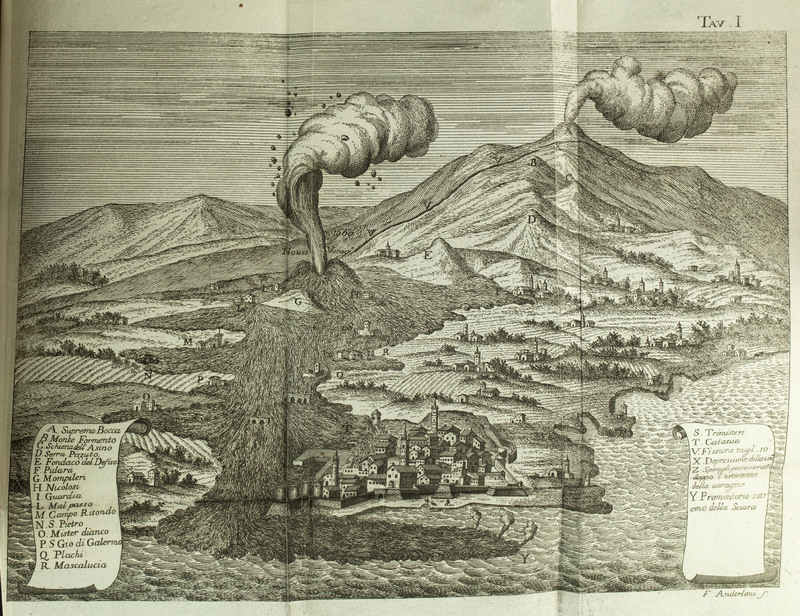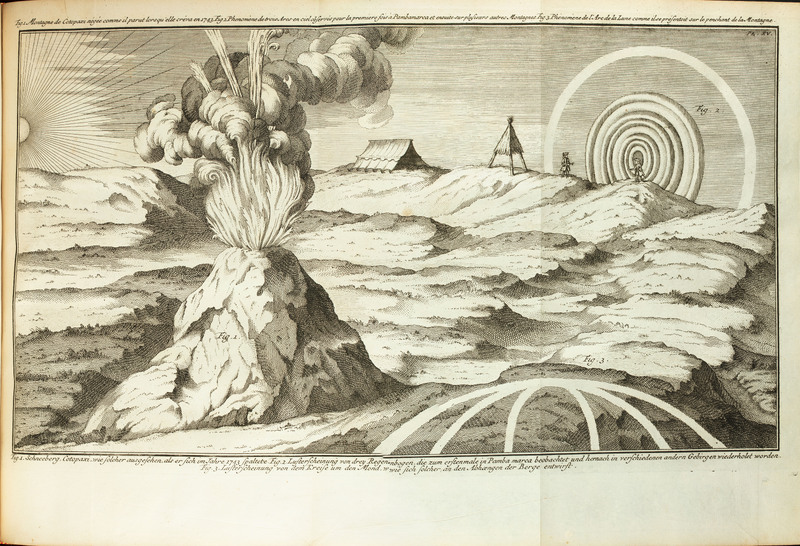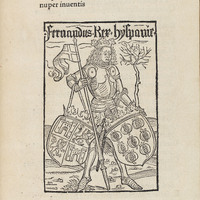Managing Natural Risk
From natural disaster to disease, natural risk is hardly foreseeable. Still, when such an event occurs, it gives cause to a wide repertoire of discourses on how unnecessary risk has been taken, how it could have been avoided, and how to prepare for the future. Thus, natural disasters serve not only as opportunities to study how humans manage risk, but also how societies conceptualize risk as a rhetorical tool for their own policing.
Works Included
Lazzaro Spallanzani (1729-1799), the Italian biologist and physiologist who pioneered
the study of biogenesis before Pasteur, traveled widely across the Mediterranean. In
1788 he visited Vesuvius and the volcanoes of the Lipari Islands and Sicily, and recorded
the results of his researches in this large work, published four years later. Spallanzani's
volcanoes, extinct, dormant, and active, embody natural risk and its indissoluble link
with human settlement.
Ulloa and Juan were part of a scientific expedition organized by the French Academy of
Sciences to study with precision not only the shape of the earth but also to measure the
longitudinal meridian at the Equator. The expedition was authorized by Phillip V in
1735, under the leadership of French geographer and mathematician Charles Marie de la
Condamine. The book was originally published in Spanish under The title Relación
histórica del viaje hecho de orden de su Majestad a la América Meridional (1748). The
account relates their observations in South America, including their views on geography,
natural history, the inhabitants of these territories, and the risky negotiations that took
place there.


